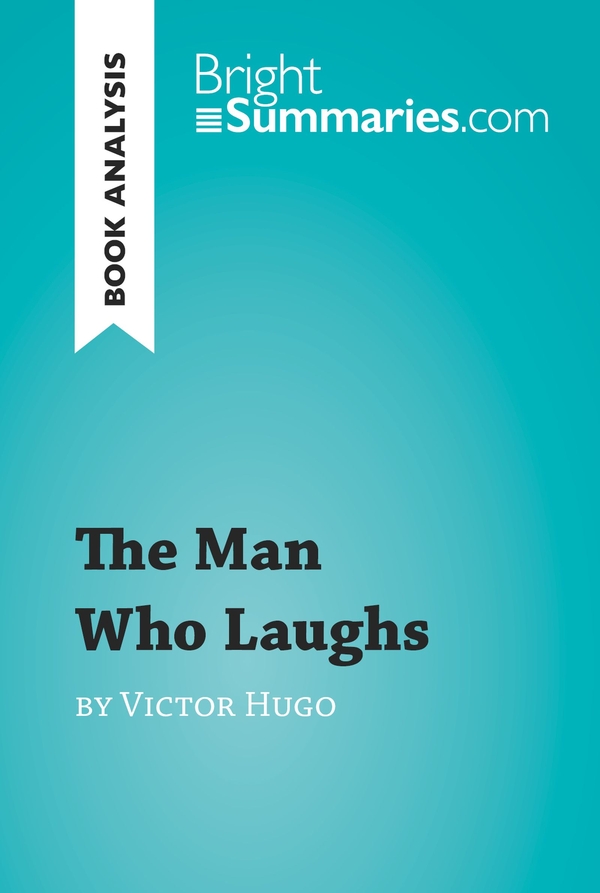The Man Who Laughs by Victor Hugo (Book Analysis)
The Man Who Laughs by Victor Hugo (Book Analysis)
Detailed Summary, Analysis and Reading Guide
Read more
This practical and insightful reading guide offers a complete summary and analysis of The Man Who Laughs by Victor Hugo. It provides a thorough exploration of the novel’s plot, characters and main themes, including mockery, the aristocracy and politics. The clear and concise style makes for easy understanding, providing the perfect opportunity to improve your literary knowledge in no time.
This clear and detailed 26-page reading guide is structured as follows:
- Biography of Victor Hugo
- Presentation of The Man Who Laughs
- Summary of The Man Who Laughs
- Character study
- Ursus
- Gwynplaine
- Josiane
- Dea
- Barkilphedro
- Analysis of The Man Who Laughs
- The sea and the storm: the presence of fatality
- A political novel: a prophecy of the revolution
- The theme of laughter
- The immoderation of a romantic style
About The Man Who Laughs
The Man Who Laughs was first published in 1869. It tells the story of young man named Gwynplaine, whose mouth is horribly deformed. When he is a child, he rescues a little girl from a snowstorm, and the two fall in love when they grow older. Gwynplaine is the embodiment of the people; he represents all those who are oppressed by the powerful and can do nothing about it.
Hugo began to write The Man Who Laughs when he had already been living in exile for 16 years. The book was released three years later to an impressively frosty reception; the majority of critics and readers simply could not fathom the scope of the work and were incapable of appreciating its merit. In fact, The Man Who Laughs is considered to be one of the greatest failures of Hugo’s career.
About Victor Hugo
Victor Hugo was born in 1802 and died in 1885. He was one of the most significant figures of French Romanticism. Throughout his life, he made many important contributions to society, both with his literature and with his political actions; he fought for the abolition of the death penalty.
Product details
| ISBN | 9782806273567 |
|---|---|
| Publisher | Plurilingua Publishing |
| Collection | BrightSummaries.com |
| Format | |
| Pages | 27 |
| File size | 1.4 MB |







